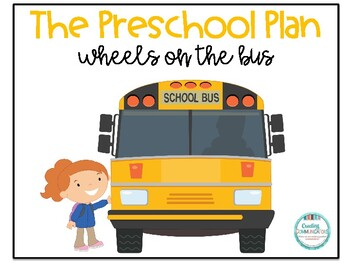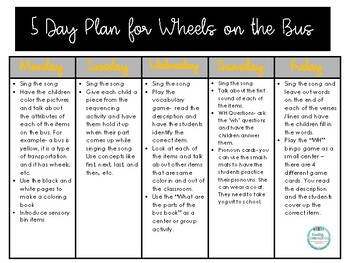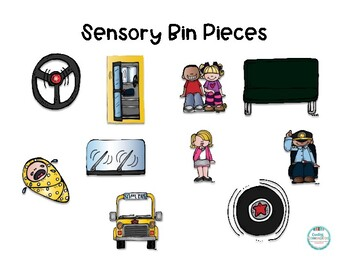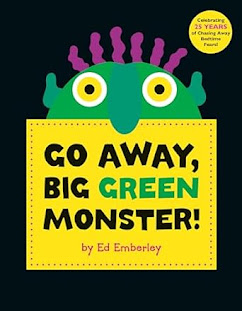Saturday 19 November 2022
Arctic Language Activities
Wednesday 11 May 2022
The Wheels on the Bus
- Here it is!
A week of The Wheels on the Bus Preschool Package!
It includes detailed information on how to turn this song into a language opportunity for preschoolers!
Included:
- coloring book
- what are the parts of a bus-interactive book
- find similar items in and out of the classroom based on colour
- "wh" questions
- Vocabulary activity
- Sequencing Activity targeting first, next, last, and then, etc.
- and much more!
Friday 6 May 2022
Camping Theme
You can use this as a bus theme or pair it with a camping book.
Activities included are:
1.Sorting – camping items and items that are not for camping.2. Free play center- language ideas3.Fine Motor dabbing4.Coloring page5.Printing practice for the letter /c/ mats- used for coloring, dry erase markers, play-doh, and/or posters for visuals.6.Printing practice- lower case- used for mini erasers, pencil, crayons, pom-poms, dry erase or play-doh.7.Dabbing practice- lower case- you can use with bingo dabbers, or Q-tips and paint.8. Interactive Book9. Jar and Bug Go togethers10. Opposite Tent Match up11. Fishing for ConceptsTuesday 26 April 2022
Sequencing and Concepts
Are you having trouble with students following directions and understanding first, next, last, before and after? I know these are some of the more common issues children face.
I made a package to help learn these concepts as well as sequencing.
Use this package in your special ed. class, speech therapy or classroom. You can use this with many different abilities. There are sheets where they have to explain the concepts (before/after, first, next and last) and sheets that they write what happened before/after, etc. On many of the sheets there is no right/wrong answer- use your judgement and let the child explain their answer, if it makes sense accept it. For example, some people brush their teeth first thing in the am and others after they eat breakfast.
I’ve included mats that you can use for centers in your class (pages 3-34), task cards (35-38), and color, cut and paste worksheets (39-55).
There are also blank pages that you can use however you like
I hope you enjoy it and it works for your students.
Friday 18 February 2022
Jordan's Priniciple
What is Jordan’s Principle?
Jordan’s Principle aims to eliminate the service inequities that First Nations children face when
accessing public health, education, and social services in Canada. It is named in honour of
Jordan River Anderson, a First Nations child from Norway House Cree Nation, in Manitoba.
Jordan was born with a rare neuromuscular disease. His complex medical needs could not be
treated on-reserve and he was transferred to a Winnipeg hospital that was far from his
community and family home. In 2001, a hospital-based team decided that Jordan’s needs would
best be met in a specialized foster home. However, federal and provincial governments argued
over financial responsibility for Jordan’s out of hospital care. The disputes ranged from
disagreements over funding of foster care, to conflicts over payment for smaller items such as a
showerhead. During these conflicts, Jordan remained in hospital, even though it was not
medically necessary for him to be there. Jordan died in 2005 at the age of five, never having had
the opportunity to live in a family home.4
In honor of Jordan River Anderson, Jordan’s Principle was initially articulated as a child-first principle that was intended to ensure that First Nations children have timely access to the same services as other children in Canada. Though this vision of Jordan’s Principle was unanimously endorsed by the House of Commons in 2007, it has never been fully implemented.
5 Progress towards the implementation of Jordan’s Principle has been made since 2016, in response to a series of Canadian Human Rights Tribunal (CHRT) rulings and court orders arising from a decade-long legal battle initiated by the First Nations Child and Family Caring Society of Canada and the Assembly of First Nations. The CHRT ruled that inequitable funding and administration of on-reserve child welfare services constitutes ethno-racial discrimination against First Nations children. As one of the immediate remedies in this case, the CHRT ordered the federal government “to immediately implement [Jordan Principle’s] full meaning and scope.”6 In a series of follow up rulings, the CHRT clarified that Jordan’s Principle applies to all First Nations children, whether they live on or off-reserve, and instituted strict response timelines for Jordan’s Principle cases: response to individual Jordan’s Principle requests must occur within 48 hours of receiving all documentation and within 12 hours for urgent requests.
The CHRT also ruled that services provided through Jordan’s Principle must reflect
consideration of “the distinct needs and circumstances of First Nations children and families living on-reserve—including their cultural, historical and geographical needs and circumstances—in order to ensure equality.”7 Accordingly, services provided under Jordan’s Principle may exceed those provided under normative provincial standards if this is needed to meet the best interests of the child.
For more information on Jordan’s Principle see:
https://www.canada.ca/en/indigenous-services-canada/services/jordans-principle.html
For some ideas on play through Traditional games check out this:
Monday 17 January 2022
7 Sacred Teaching Videos for your Classroom
Here are some videos you can use in your classroom to help with teaching the 7 Sacred Teachings in your classroom!
Enjoy!!
























